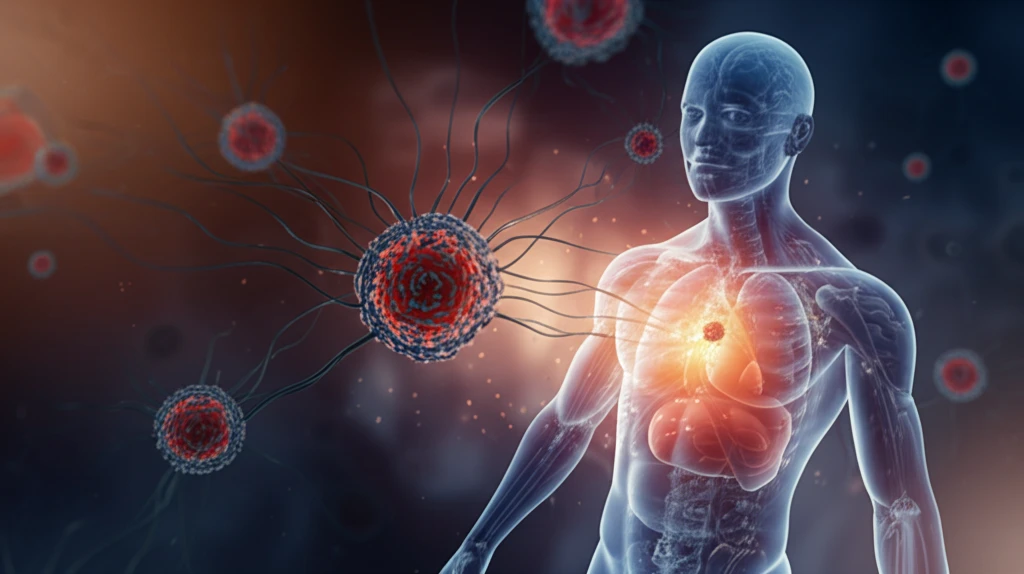
Nano Micelles: The Tiny Tech Revolutionizing Cancer Therapy
"Unlocking the potential of PEG-PLGA nano micelles for targeted cancer treatment: A comprehensive guide for patients and healthcare professionals."
Cancer remains one of the most formidable health challenges globally, spurring relentless innovation in treatment strategies. Traditional methods like chemotherapy and radiation often come with debilitating side effects, impacting patients' quality of life. This has fueled the search for more targeted and efficient therapies, leading to the rise of nanotechnology in medicine.
Nanotechnology offers the promise of delivering drugs directly to cancer cells, sparing healthy tissues from harm. Among the most promising tools in this field are nano micelles, tiny spheres capable of encapsulating and transporting therapeutic agents. Researchers are particularly excited about PEG-PLGA nano micelles, which combine the biocompatibility of PLGA with the enhanced stability and circulation time provided by PEG. This potent combination is now at the forefront of cancer therapy research.
Recent studies, such as the one published in the 'Journal of Drug Delivery Science and Technology,' highlight the optimization of PEG-PLGA nano micelles through quality-by-design (QbD) approaches. This article breaks down the science behind these advancements, exploring how they can lead to more effective and less toxic cancer treatments. Whether you’re a patient, caregiver, or healthcare professional, understanding this innovative approach is crucial for navigating the future of cancer therapy.
The Science of PEG-PLGA Nano Micelles

At the heart of this innovative approach is the unique structure of PEG-PLGA nano micelles. PLGA (poly(lactic-co-glycolic acid)) is a biodegradable and biocompatible polymer approved by the FDA for various clinical uses. Its ability to break down safely within the body makes it an ideal material for drug delivery systems. However, on its own, PLGA can be quickly cleared from the bloodstream, limiting its effectiveness.
- Enhanced stability in the bloodstream
- Reduced opsonization and clearance
- Targeted drug delivery to cancer cells
- Biocompatibility and biodegradability
The Future of Cancer Treatment is Nano
PEG-PLGA nano micelles represent a significant leap forward in targeted cancer therapy. By optimizing these systems through careful design and rigorous testing, scientists are paving the way for treatments that are both more effective and less harmful. As research continues, we can expect to see even more refined and personalized approaches that harness the power of nanotechnology to conquer cancer.
